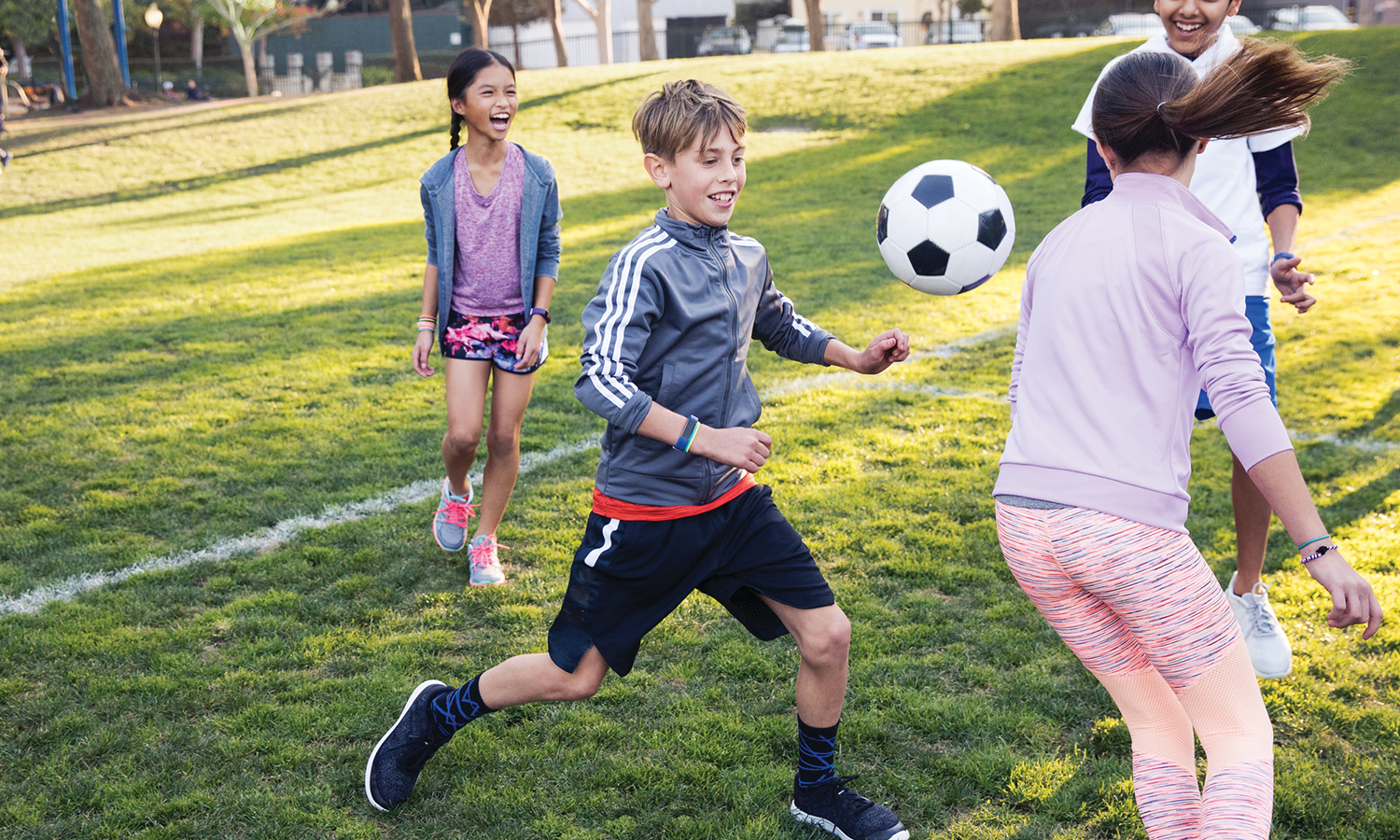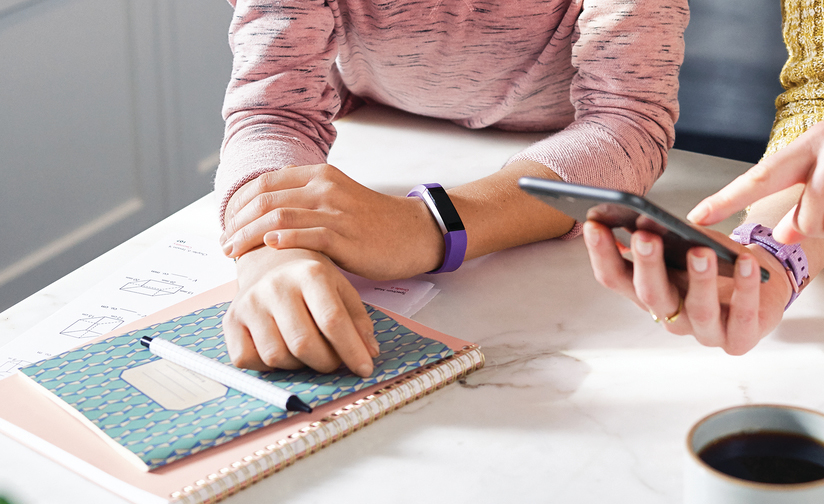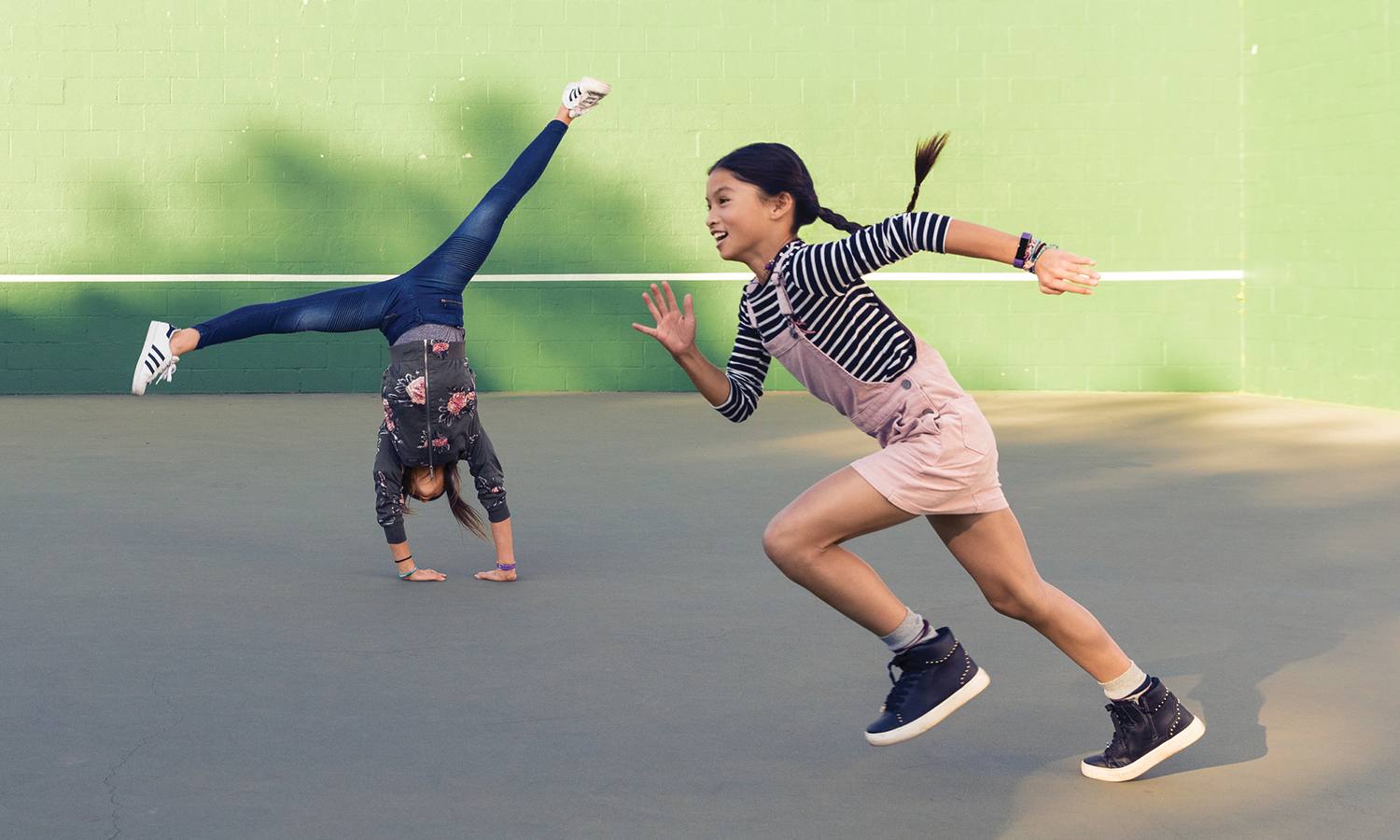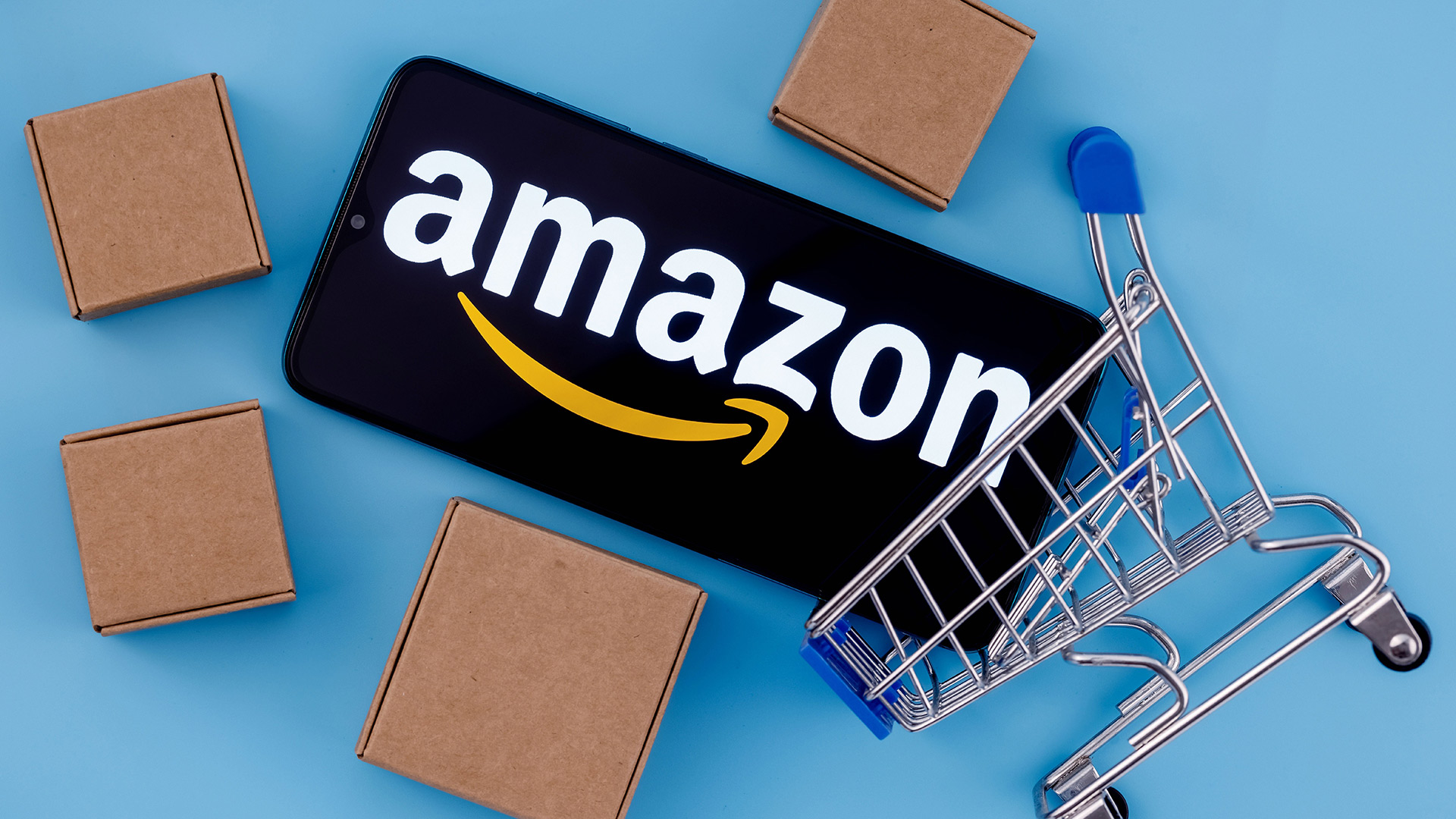Fitbit Ace Kid Fitness Tracker: Everything You Need to Know
Fitbit has made a $100 fitness band for kids 8 and up. Here's what it does, and when you can get it.

Fitbit has a brand-new fitness band, but it's not designed for adults. Though it looks like a Fitbit Alta, the Fitbit Ace is a little bit smaller. That's because it's made for kids ages 8 and up.
But why does Fitbit think your child needs a fitness tracker? Read on for all the details on the Fitbit Ace, which is available to buy for $100 at Amazon, Best Buy, Kohl's, Target and Fitbit's website.
What makes Fitbit Ace a kid-friendly device?
The Ace sports a smaller band than the Alta HR, though it shares the same design as Fitbit's heart-rate-tracking device for adults. The strap is adjustable so kids can still wear the device as they grow.

The device isn't high maintenance, which will come as a relief to parents. Fitbit says the Ace will survive splashes and showers, and it lasts about five days on a charge. The Ace comes in two bright colors, Electric Blue and Power Purple.
Aside from the design, are there any features designed just for kids?
Fitbit is gamifying fitness for kids with achievements and trophies they unlock with their activity. Unlike the fitness bands Fitbit makes for grown-ups, kids won't be able to see metrics such as calorie burn or body fat percentage on the device or in the Fitbit app. That will ensure they focus on health and not body size or weight.
What does the Ace track?
Like any other Fitbit device, the Ace tracks steps, active minutes and sleep. You can set custom goals in the Fitbit app, or follow the recommended goals that Fitbit has created based on guidelines set by nonprofits such as the World Health Organization, the Centers for Disease Control and Prevention and the National Sleep Foundation.
MORE: Best Kid Trackers
Get instant access to breaking news, the hottest reviews, great deals and helpful tips.
Will the Ace help my kid get out of bed?
Yes — or at least it will try. You can set a silent, vibrating alarm so the Ace will buzz your child's wrist when it's time to wake up. No guarantees they won't turn it off, though.

How do I set up the Ace for my kid?
Fitbit is introducing family accounts so you can create a separate profile for your child and add them to your existing Fitbit account (or create a new one). Then, sync the Ace to the family account like you would any other Fitbit device. Fitbit has created a specific Kid's View version of the app that will include just the data kids need to see, and not potentially troublesome metrics such as weight or calorie burn.
Are there parental controls?
With the new family accounts, Fitbit is giving parents total control over their kids' social interactions in the Fitbit app. Friends and family members can request to follow your child in the Fitbit app, but you have total control over who sees their activity and can approve or reject followers. Kids also can't get into Fitbit's forums for adults who use the app.
Why did Fitbit make a kid fitness tracker, anyway?
Fitbit surveyed its users and found that 75 percent of parents wanted a fitness tracker for their kids. According to Melanie Chase, Fitbit's vice president of product marketing, Fitbit Ace is designed to be the "right kind of screen" for kids — one that encourages them to get up and move with regular alerts rather than sit in front of a TV.

According to the Centers for Disease Control and Prevention (CDC), 1 in 5 children and young adults ages 6 to 19 is obese. Fitbit thinks it can mitigate that statistic by making it fun for kids to challenge friends and family, which keeps them active in the process.
Are there any other good fitness trackers for kids?
Garmin makes an activity tracker for children, the $70 Vivofit Jr. 2. The band is a little thicker than the Fitbit Ace's, but it's made of a stretchy material you can adjust as your child’s arm grows. The device also includes some features the Ace doesn't, such as chore management scheduling. Garmin offers themed bands, including options with Disney, Marvel and Star Wars characters.
When can I buy an Ace?
The tracker is available for preorder now and will ship sometime in May.
Credit: Fitbit
- 12 Cheap Fitness Trackers Under $100, Ranked from Best to Worst
- Best Running Apps - Track Distance, Speed and Fitness Goals
- Best Fitness Trackers and Watches
Caitlin is a Senior editor for Gizmodo. She has also worked on Tom's Guide, Macworld, PCWorld and the Las Vegas Review-Journal. When she's not testing out the latest devices, you can find her running around the streets of Los Angeles, putting in morning miles or searching for the best tacos.
